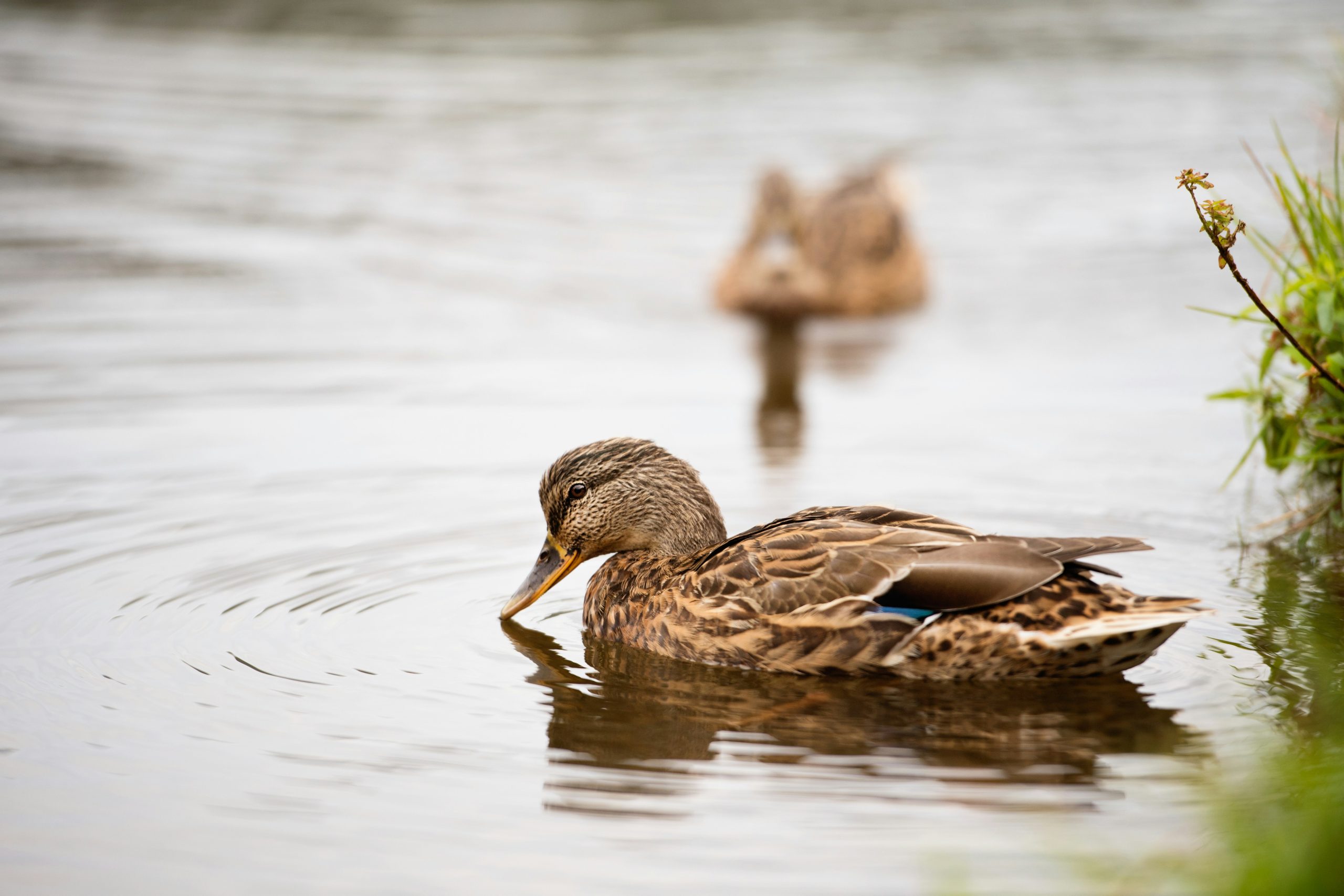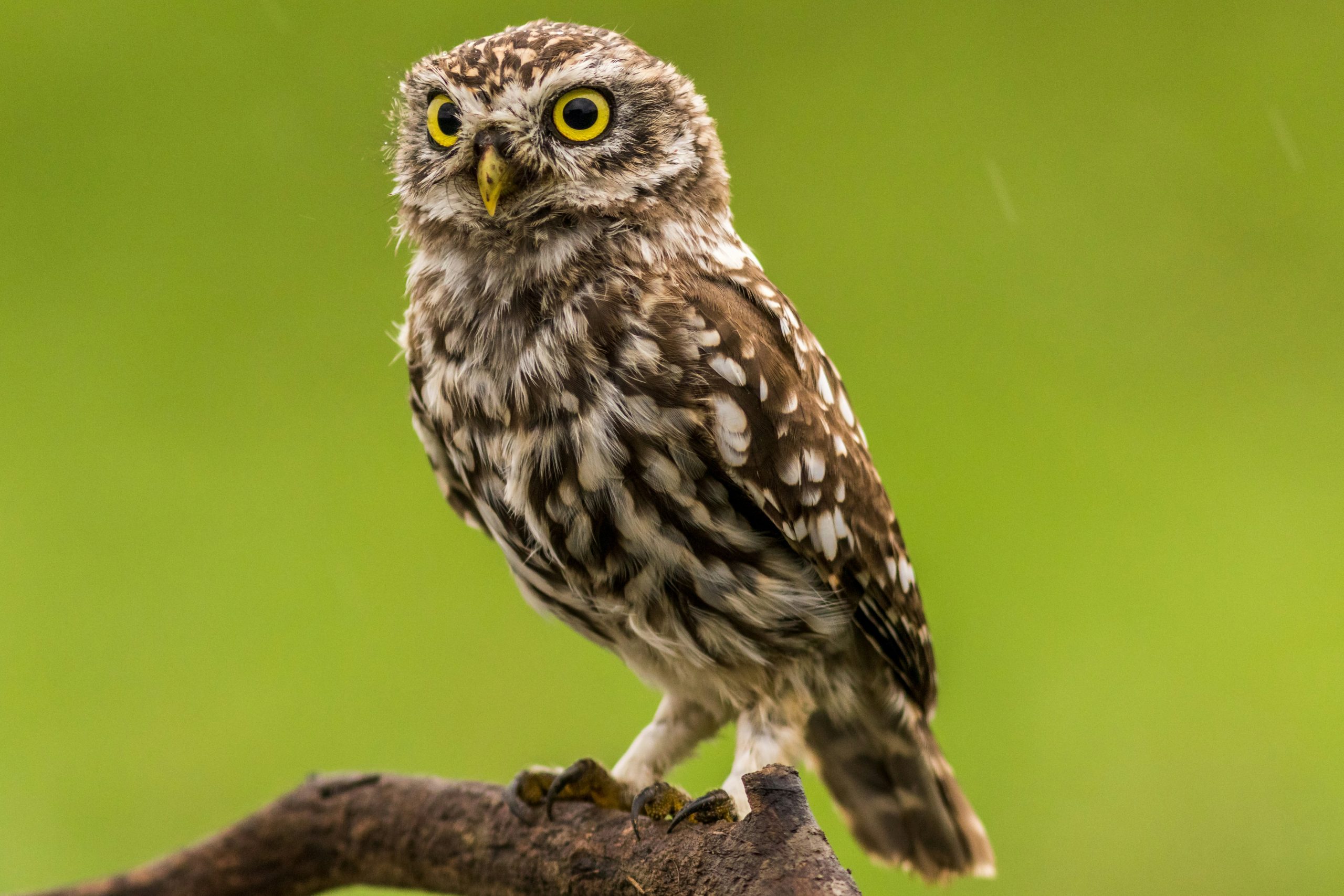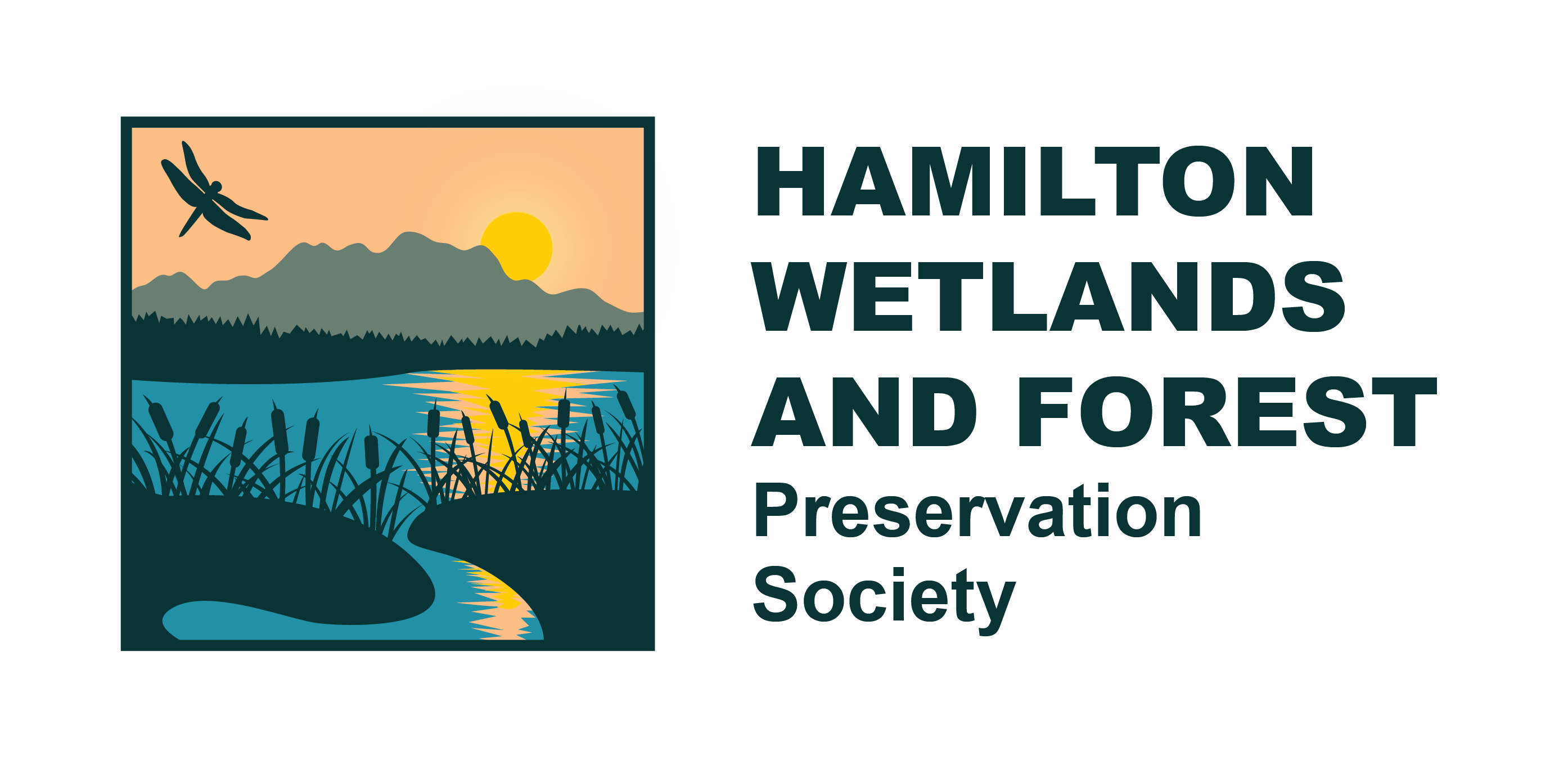Wildlife
Birds and wildlife

Over 120 Bird Species have been recorded at Hamilton Marsh
Habitat loss is the number one challenge to bird populations. Here is a known spot for nesting and migrating birds.

Most Prolific Waterfowl Brood Marsh
This report…

Dragonflies
The Odonata of Hamilton Marsh is a published paper about dragonflies at Hamilton Marsh. Thirty species of dragonflies have been recorded, some rare. It’s a conservative number – as many more exist yet to be identified. The Odonata of Hamilton Marsh was written by Dr. Rob Cannings and John Simaika. The paper gives lots of information about the wetland ecosystem.

Red & Blue Listed Species
There are a number of red and blue-listed species that have been recorded using the marsh and surrounds including:
American Bittern (blue),Western Screech-owl (COSEWIC & SARA Special Concern; blue), Northern Pygmy Owl (blue), Band-tailed Pigeon (blue), Great Blue Heron (blue), Roosevelt Elk (blue), Common Water Shrew (red-listed).
The marsh and surrounds are also important for Black Bears, all the species of owls in this area. The Grey Wolf has also been seen in the area.

Habitat Values
*”Most wetlands are nodes of high biological diversity and support a large number of species and plant communities. They are extremely productive as breeding and feeding areas for wildlife and offer a variety of habitat niches. For example, a typical wetland might have a central area of open water that supports ducks and geese, a march fringe where herons feed on threespine stickleback and northwester salamanders lay their eggs, and a forested swamp margin where black bears feed on skunk cabbage roots in the spring. Treed wetlands provide nesting sites for species such as woodpeckers and some species of owls.”
*From brochure now out of print “Saving Wetland Sensitive Ecosystems” sponsored by the Environment Canada, Province of BC Ministry of Environment, and the Habitat Conservation Trust Fund.
